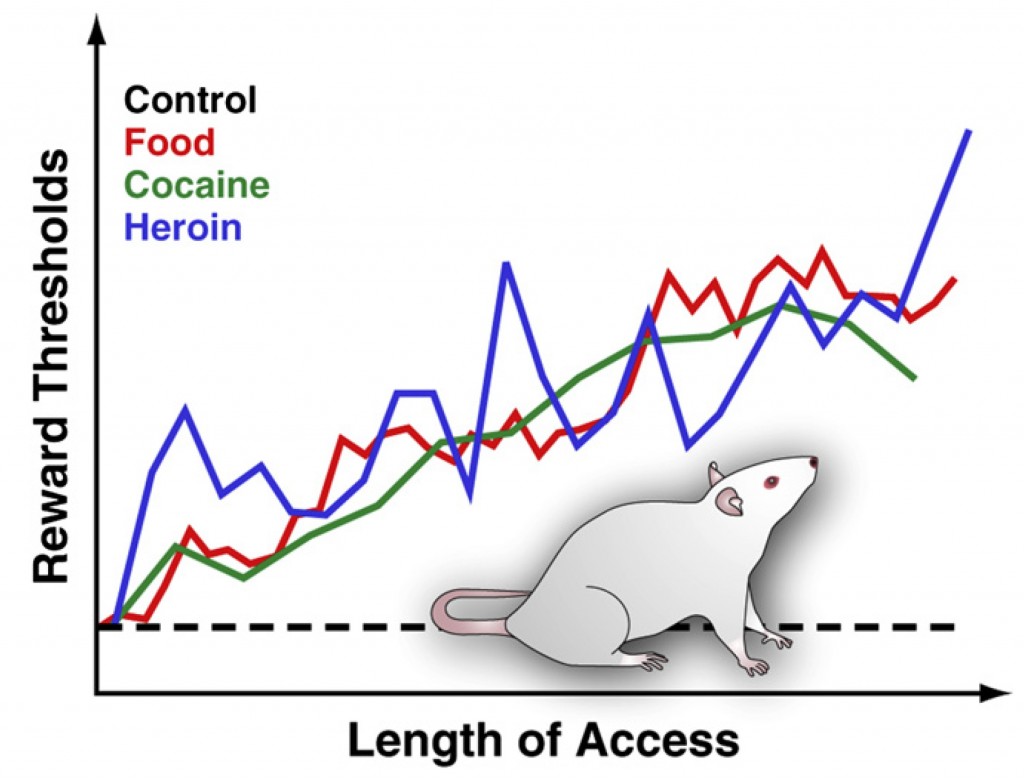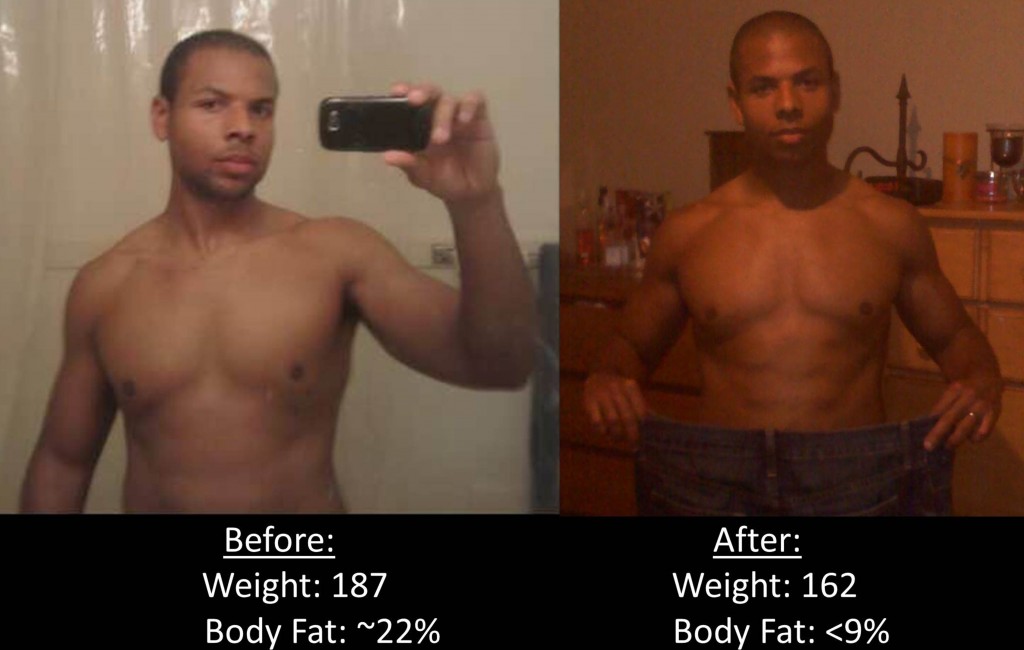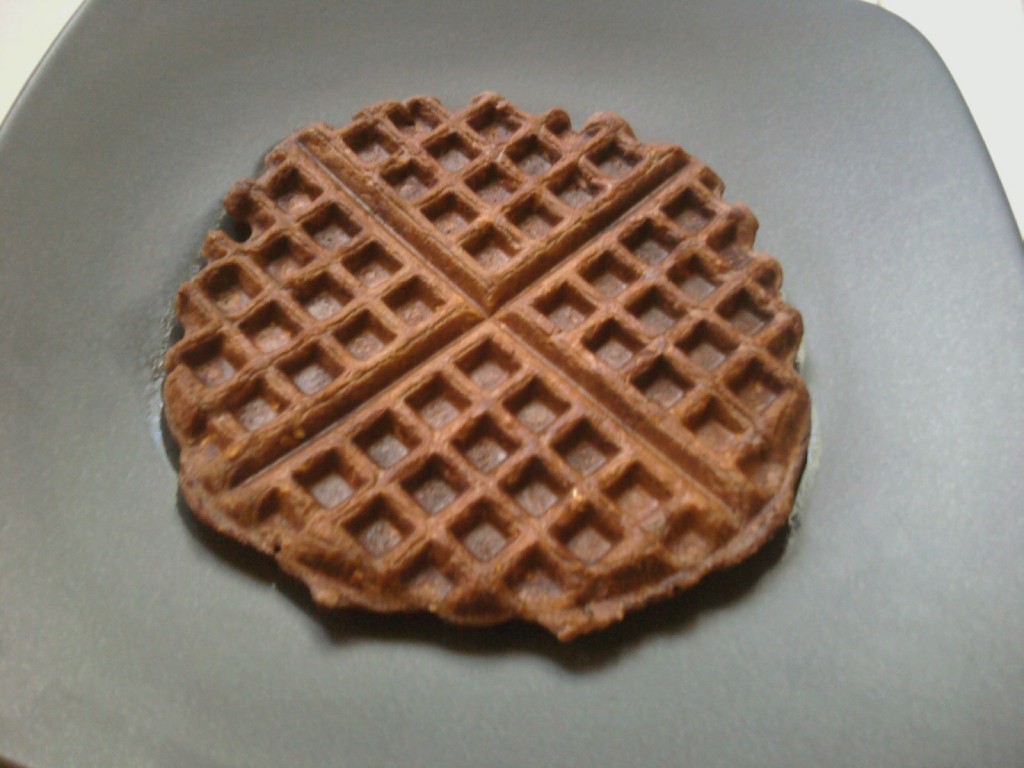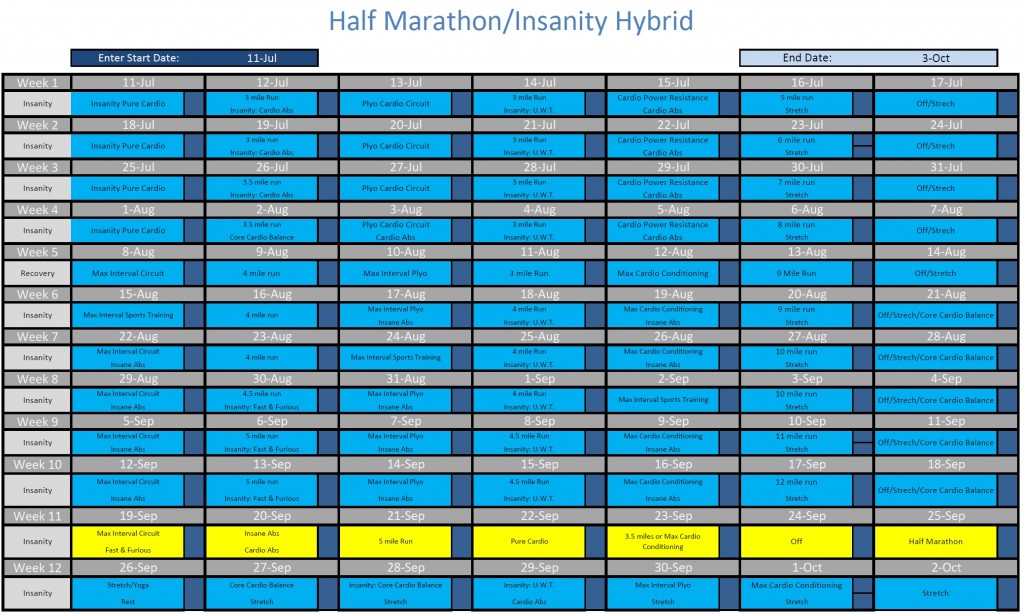Can eating unhealthy, fattening food be addictive? As a person who struggled with obesity in the past, I can attest that some food (my weakness was Zebra Cakes) has a ‘power’ over us. No matter how much you can try to not eat certain food, it just ends up finding a way onto our plates. Through my years of training as a neuroscientist/neuropharmacologist, I have learned how many things can ‘hardwire’ our brain into forming habitual patterns (as a side-note, If you want to see my scientific qualifications, see the ‘About me’ page). This is well established for addictive drugs (i.e., nicotine, cocaine) and tragic events (post-traumatic stress disorders); but in recent years, neuroscientists have begun to accumulate evidence that high-fat food can cause addictive patterns, similar to drugs like cocaine.
Take a moment to digest that….high-fat food can cause addictive patterns similar to drugs like cocaine. The number one contributor to obsesity, high-fat foods, causes addictive behaviors. This even more concerning given that obesity is the number three killer in America (Following cancer [#1] and tobacco addiction [#2]) (Kenny, 2011). According to the Center for Disease Control (CDC), obesity-related health care expenses in the United States between 1998 and 2000 were approximately $213 billion. They are certainly higher today, given the steady rise in obesity rates in America where current estimates suggest >30% of Americans classifying as obese (Flegal et al., 2010). Not to be depressing; but 300,000 deaths in the United States each year can be attributed to overweight- and obesity-related diseases (Allison et al., 1999).
So where is the evidence that high-fat food can cause cocaine-like addictions? Well, here you go:
When presented with a choice, rodents overwhelmingly prefer to consume a saccharin (sugar) solution rather than cocaine (Lenoir et al., 2007). Rodents will also consume high-fat or high-caloric food in patterns that mimic those of cocaine and heroin (Kenny et al., 2011). Additionally, well-fed rats will voluntarily expose themselves to extreme cold (-15oC), heat pain or footshock to obtain high-fat food items, such as cake, meat pate’ , peanut butter, Coke, candy, chocolate chips, or yogurt drops, even when lower fat, standard chow is freely available (Cabanac and Johnson, 1983; Foo and Mason, 2005; Oswald et al., 2010).

Reprint of a Figure from Kenny et al., 2010, depicting how rodents will easily consume high-fat (palatable) food in a manner similar to cocaine and heroin.
Consumption of high-fat food has also been shown to enhance mood in humans (Dallman et al., 2003; Sclafani et al., 1998). These effects are likely related to the stimulation of brain reward systems by food. In many addictive drugs, it is well known that addictive processes are initiated and/or maintained through elevated levels of dopamine (a very important neurotransmitter) in cognitive, emotional, and habit-enforcing areas of the brain (i.e., prefrontal cortex, nucleus accumbens). Imaging studies in human brains have shown that food can activate these same brain circuits that are implicated in drug-reward (Bragulat et al., 2010).
So what does this tell us? This makes me think of the family members that I have (that many of us have) who are obese or morbidly obese and need to make a change in lifestyle; but are unable do so because they can’t stop eating junk. It sounds crazy how many Americans have a choice between changing their eating habits and having a long, healthy life or a life of hypertension, heart failure and high blood pressure; but continue to choose the latter option. Now we (I’m speaking for us scientists and health professionals) may need to look at these cases in a different light. Maybe we should consider these people in need of a lifestyle change as we do recovering alcoholics oar recovering drug addicts?
I just want to clarify that I in no way think that we should ban high-fat or high-caloric food. I’m not one of those people who thinks that McDonalds should be shut down. I just believe that we just need to exercise control over what we eat, just how we already control what we say and do. But next time you think “Man I NEED some cheesecake”, just think about if it really is a good decision.
References:
Allison, D.B., Fontaine, K.R., Manson, J.E., Stevens, J., and Vanltallie, T.B. (1999). Annual deaths attributable to obesity in the United States. JAMA 282, 1530-1538.
Bragulat, V., Dzemidzic, M., Bruno, C., Cox, C.A., Talavage, T., Considine, R.V., and Kareken, D.A. (2010). Food-Related Odor Probes of Brain Reward Circuits during Hunger: A Pilot fMRI Study (Silver Spring, MD: Obesity).
Cabanac, M., and Johnson, K.G. (1983). Analysis of a conflict between palatability and cold exposure in rats. Physiol. Behav. 31, 249-253.
Dallman, M.F., Pecoraro, N.C., La Fleur, S.E., Warne, J.P., Ginsberg, A.B., Akana, S.F., Laugero, K.C., Houshyar, H., Strack, A.M., Bhatnagar, S., and Bell, M.E. (2006). Glucocorticoids, chronic stress, and obesity. Prog. Brain Res. 153, 75–105.
Flegal, K.M., Carroll, M.D., Ogden, C.L., and Curtin, L.R. (2010). Prevalence and trends in obesity among US adults, 1999-2008. JAMA 303, 235-241.
Foo, H., and Mason, P. (2005). Sensory suppression during feeding. Proc. Natl. Acad. Sci. USA 102, 16865-16869.
Kenny, P.J. (2011) Reward mechanisms in obesity: new insights and future directions. Neuron. DOI: DOI 10.1016/j.neuron.2011.02.016.
Lenoir, M., Serre, F., Cantin, L., and Ahmed, S.H. (2007). Intense sweetness surpasses cocaine reward. PloS ONE 2, e698. 10.1371/journal.pone.0000698.
Oswald, K.D., Murdaugh, D.L., King, V.L., and Boggiano, M.M. (2010). Motivation for palatable food despite consequences in an animal model of binge eating. Int. J. Eat. Disord., DOI: 10.1002/eat.20808.
Sclafani, A., Bodnar, R.J., and Delamater, A.R. (1998). Pharmacology of food conditioned preferences. Appetite 31, 406.










